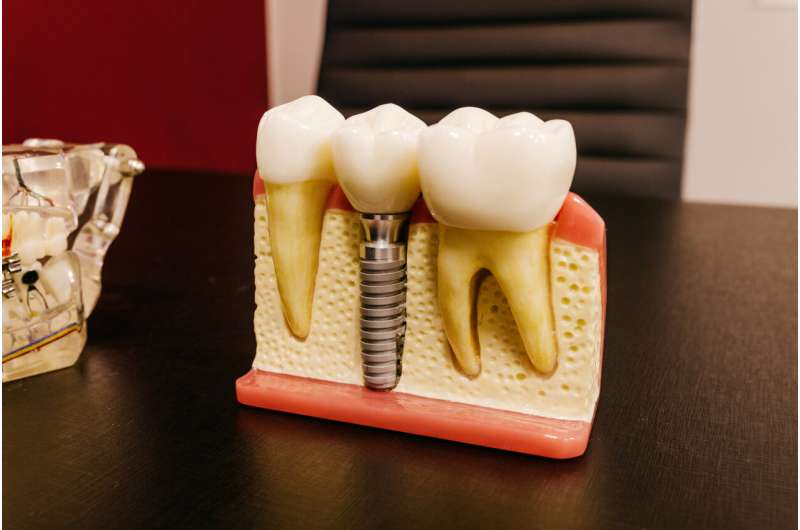To combat gum disease, help oral bacteria evolve


Liver disease, from metabolic and bacterial causes, is a growing concern. What connects these dots? The gut, or more specifically, bacteria in the gut. Bacteria that cause inflammation in the mouth are transported through the digestive tract to the gut and liver, where they can cause liver inflammation. Lipopolysaccharides, important structural molecules in some bacteria, act as endotoxins, producing systemic effects that can manifest as non-alcoholic fatty liver disease (NAFLD). Now, a multidisciplinary team from the University of Tsukuba show that exercise could be used to improve the oral environment in people with NAFLD, potentially leading to a new treatment for the disease.
These researchers previously demonstrated that exercise benefits patients with NAFLD by reducing fat, inflammation, and scarring in the liver; improving the liver’s response to and clearance of the endotoxin; and reducing gum disease. With the latest study in their series, they add another signpost to uncharted territory:
“We know that exercise has innumerable benefits to health overall and for these specific conditions,” says corresponding author Professor Junichi Shoda. “With this study, we sought to characterize underlying mechanisms—that is, show how exercise alters physiology and how altered physiology induces changes in oral bacteria.”
The researchers carried out biochemical and genetic analyses on saliva from overweight men with NAFLD and gum disease before and after 12-week exercise or diet programs. Men in both groups were able to lose fat mass, but those following dietary restrictions also lost muscle mass, whereas those following the exercise program gained muscle mass. “More importantly, we found that reductions in lactoferrin, lipopolysaccharide, and IgA concentrations were only evident in the men who followed the exercise regimen,” Professor Shoda explains, “which suggested that the oral environment had been significantly altered by exercise.”
The samples from the exercise group also showed increased bacterial diversity and changes in the relative constituent bacterial populations. In the overall population, more bacteria expressed genes related to environmental information processing, and less bacteria expressed genes related to genetic information processing and metabolism. In fact, bacteria expressed fewer genes for producing lipopolysaccharides.
“Therefore, it seems that, in people with both non-alcoholic liver disease and gum disease, exercise causes a biochemical shift in the environment of the mouth that favors the survival of less harmful bacteria,” explains Professor Shoda.
Source: Read Full Article




